AUSTRALIA
Brisbane
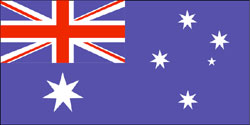
Brisbane
Brisbane
Brisbane is the capital of the Australian state of Queensland. According to the 2010 census, the population of the metropolitan area was 2,043,185 inhabitants. The central part of the city with the business district is located on the site of the original European settlement in a bend of the Brisbane River 23 kilometers from the mouth. The metropolitan area stretches along the floodplain of the Brisbane River between the bay and the Great Dividing Range.
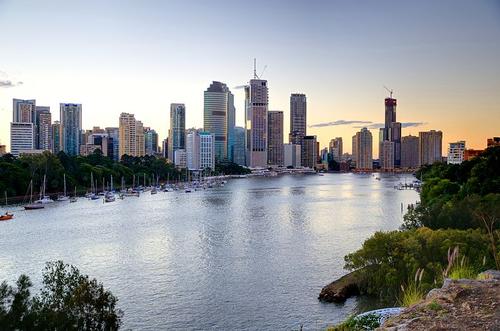 BrisbanePhoto: Lachlan Fearnley CC 3.0 Unported no changes made
BrisbanePhoto: Lachlan Fearnley CC 3.0 Unported no changes made
Brisbane Harbor is Australia's third most important port and is located on the banks of the Brisbane River and on Fisherman's Island. Brisbane is not only made up of the city of Brisbane, but the cities of Ipswich, Moreton Bay, Logan City and Redland are also part of the conurbation.
Location
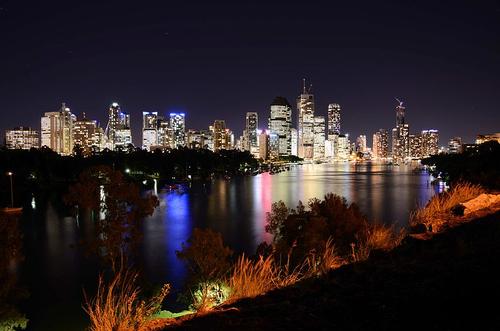 Brisbane at NightPhoto: EzykronHD CC 3.0 Unported no changes made
Brisbane at NightPhoto: EzykronHD CC 3.0 Unported no changes made
Brisbane's coordinates are 27° 28 South latitude and 153° 01 East longitude. Brisbane is located in the southeast corner of Queensland in Stanley County. The territory extends over 5,904 km². Brisbane is located 931 km north of Sydney, 1,692 km northeast of Melbourne and 1,450 km northeast of Canberra. The Brisbane area is hilly up to 300 meters above sea level. The city is built on low floodplains with a risk of flooding.
Weather
Brisbane has a humid subtropical climate with warm and humid summers and dry, moderate winters. Thunderstorms occur regularly from November to March, often with damaging hail, torrential rain and heavy storms. Dust storms are extremely rare in Brisbane, but in September 2009, a severe dust storm caught hold of Brisbane and other parts of Eastern Australia. Although Brisbane is within the belt of tropical cyclones, violent cyclones have so far mainly moved past the city.
The average maximum temperature is 26.4 °C per year. The average minimum temperature is 16.2 °C per year. The annual rainfall is 1,149 mm. The average number of days with precipitation is 122.
History
The first inhabitants before the Europeans appeared were the Turrbal and Jagera tribes. They called the area Mian-jin, which means "place in the form of a peak."
The first European settlement in the region was an 1824 (penal) colony in Redcliff, 28 kilometers north of Brisbane's current central business district. The settlement was moved to the place we now know as Brisbane in 1825. The river that flows here has the same name as the city. Brisbane became the capital of the province of Queensland in 1859. The city received electric street lighting around 1880, but due to its isolated location, it lagged behind the southern cities of Australia, such as Sydney.
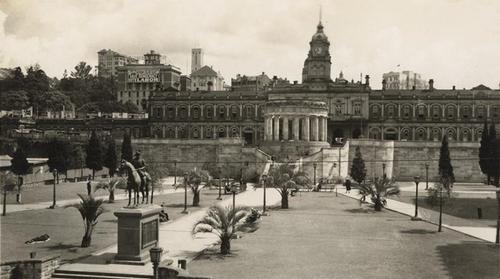 Brisbane around 1920Photo: Public domain
Brisbane around 1920Photo: Public domain
During the Second World War, precisely because of its eastern location, Brisbane became the center of the Allied campaign and the headquarters of General Douglas MacArthur. He was the head of the Allied forces in the Pacific until August 1944. Thousands of Australian and American soldiers were stationed in the city. In fact, Brisbane was one of Australia's main lines of defense during the war.
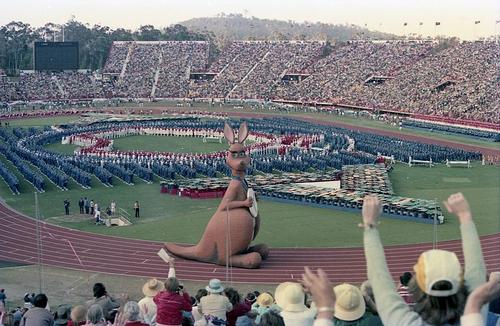 Brisbane opening Commonwealth games in 1982Photo: Hullwarren CC 4.0 no changes made
Brisbane opening Commonwealth games in 1982Photo: Hullwarren CC 4.0 no changes made
In the post-war years, Brisbane grew and developed into a major destination for migration. Brisbane hosted the Commonwealth Games in 1982 and the World Exhibition in 1988 (known locally as World Expo 88). These events stimulated urban planning and infrastructure and prompted rapid development of the city. Brisbane now has a thriving art and music scene.
Sights
Tourism plays an important role in Brisbane's economy as it is one of the major tourist destinations in Australia after Sydney and Melbourne. Popular tourist and leisure areas in Brisbane include the South Bank Parklands, Roma Street Parkland, the City Botanic Gardens, Brisbane Forest Park and Portside Wharf.
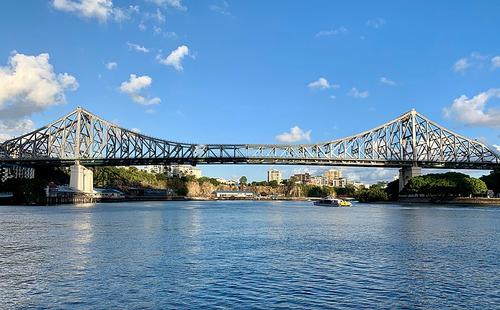 Story Bridge in BribanePhoto: Kgbo CC 4.0 International no changes made
Story Bridge in BribanePhoto: Kgbo CC 4.0 International no changes made
Story Bridge is without doubt one of Brisbane's major attractions, this striking bridge was built in the late 1930s. It spans the broad Brisbane River and was considered a huge engineering feat at the time.
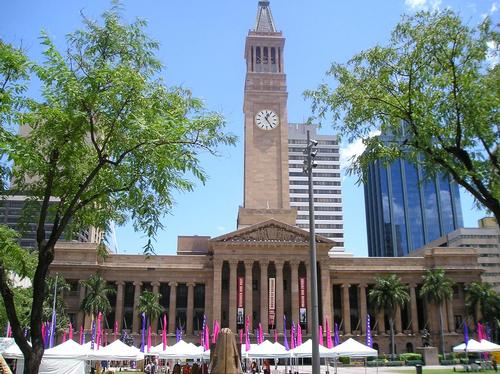 Brisbane City HallPhoto: Public domain
Brisbane City HallPhoto: Public domain
The City Hall is located in the center of Brisbane and this beautiful monument is a fine example of classic Victorian architecture. The building dates from the mid-19th century. The City Hall has a tall tower with a large clock face and an impressive round concert hall, where many of Brisbane's most important performances are performed.
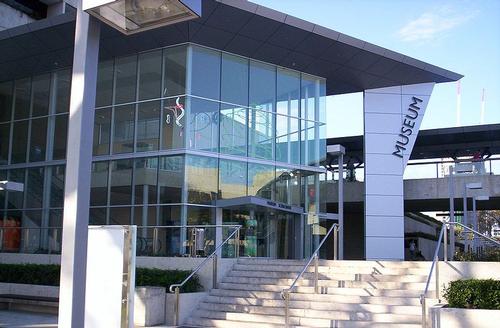 Queensland Museum BrisbanePhoto: Figaro in the public domain
Queensland Museum BrisbanePhoto: Figaro in the public domain
The Queensland Museum, in the South Bank area is close to the Performing Arts Center, the Victoria Bridge and the Conservatory. The museum has an extensive natural history section with an impressive collection of skeletons of dinosaurs and fossils. Much of it is devoted to the history of Australia's indigenous people and early settlers. The science department is also popular with many interactive options, mainly aimed at children.
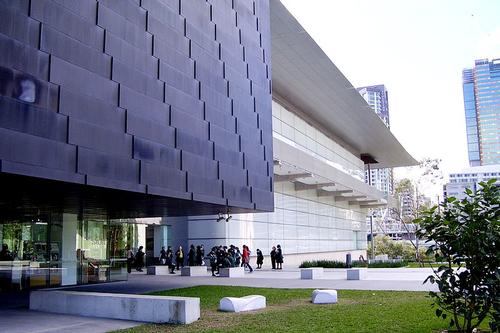 Queensland Gallery of Modern Art in BrisbanePhoto: Fairfieldstation in the public domain
Queensland Gallery of Modern Art in BrisbanePhoto: Fairfieldstation in the public domain
The Queensland Gallery of Modern Art (GOMA) opened in December 2006, the museum has some of Australia's most famous expressions of modern art, as well as some valuable objects from abroad. GOMA is the largest modern art museum in Australia. The Asia Pacific Triennial (APT), which emphasizes contemporary art from Asia and the Pacific, has a variety of media from painting to video art. The museum has a lot of impact. There was the Andy Warhol exhibition with the largest overview of his work in Australia. The Museum of Modern Art is located next to the State Library of Queensland.
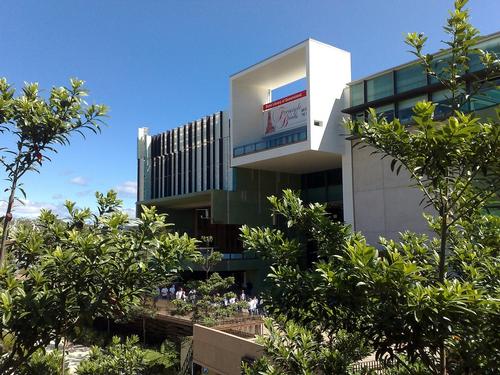 State Library of Queensland in BrisbanePhoto: Daniel Neville CC 2.0 Generic no changes made
State Library of Queensland in BrisbanePhoto: Daniel Neville CC 2.0 Generic no changes made
Located in the vibrant South Bank district, the State Library Of Queensland is Brisbane's largest library. Here you will find a wealth of books and historical documents. The State Library Of Queensland has views of the nearby Brisbane River, a café and a well-stocked gift shop.
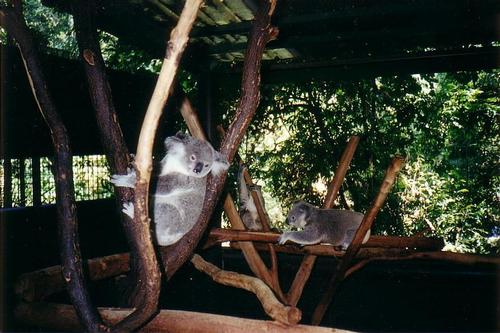 Lone Pine Koala Sanctuary in BrisbanePhoto: Figaro in the public domain
Lone Pine Koala Sanctuary in BrisbanePhoto: Figaro in the public domain
The Lone Pine Koala Sanctuary was the first Koala sanctuary in the world and dates from 1927. Other Australian animals such as kangaroos, wallabies, wombats, dingos, snakes and even crocodiles live here on the Brisbane River. Every day there are raptor shows and you see platypus and Tasmanian devils being fed. Popular is the 'hugging with a koala' photo or a snapshot with a snake or baby crocodile.
Tips
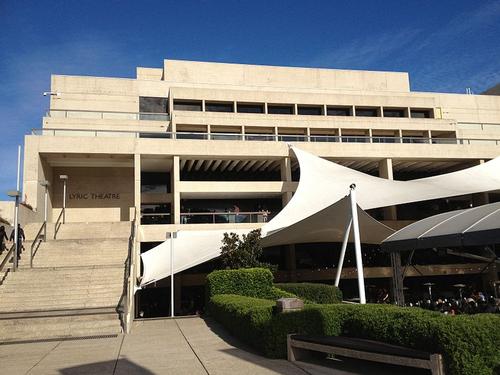 Lytic Theatre in BrisbanePhoto: Kgbo CC 3.0 Unported no changes made
Lytic Theatre in BrisbanePhoto: Kgbo CC 3.0 Unported no changes made
Brisbane has a growing live music scene, both popular and classical. The Queensland Performing Arts Center is located in South Bank and consists of the Lyric Theater, a concert hall, the Cremorne theater and the Playhouse Theater. The Queensland Ballet, the Queensland Opera, the Queensland Theater Company and other performance art groups perform in various art centers. The Queensland Orchestra has an excellent reputation.
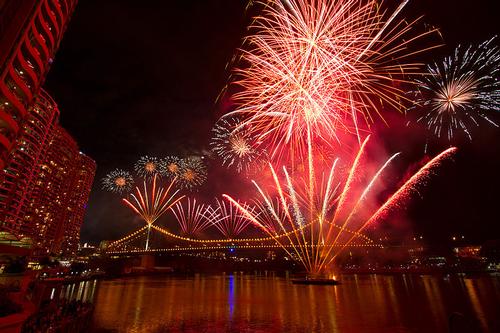 Brisbane River FestivalPhoto: Andrew Mercer CC 4.0 International no changes made
Brisbane River FestivalPhoto: Andrew Mercer CC 4.0 International no changes made
Brisbane has over 27 km of cycle paths, especially around the Brisbane River and the city center. Today, fishing and boating are very popular sports activities. In Brisbane you can also climb on the Kangaroo Point cliffs. Major cultural events in Brisbane include the Royal Queensland Show in August and the River Festival in September.
Useful links Brisbane
BBC Country ProfilesWorld Fact Book Explore all Countries
How to call
Last updated November 2025
Copyright: Team - The World of Info